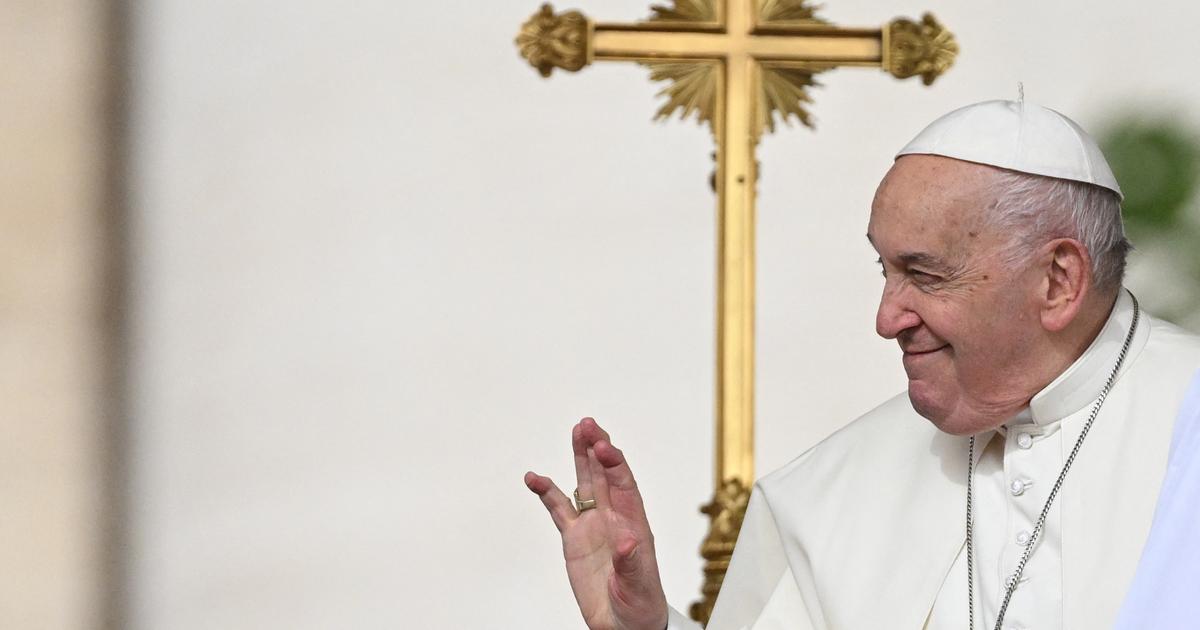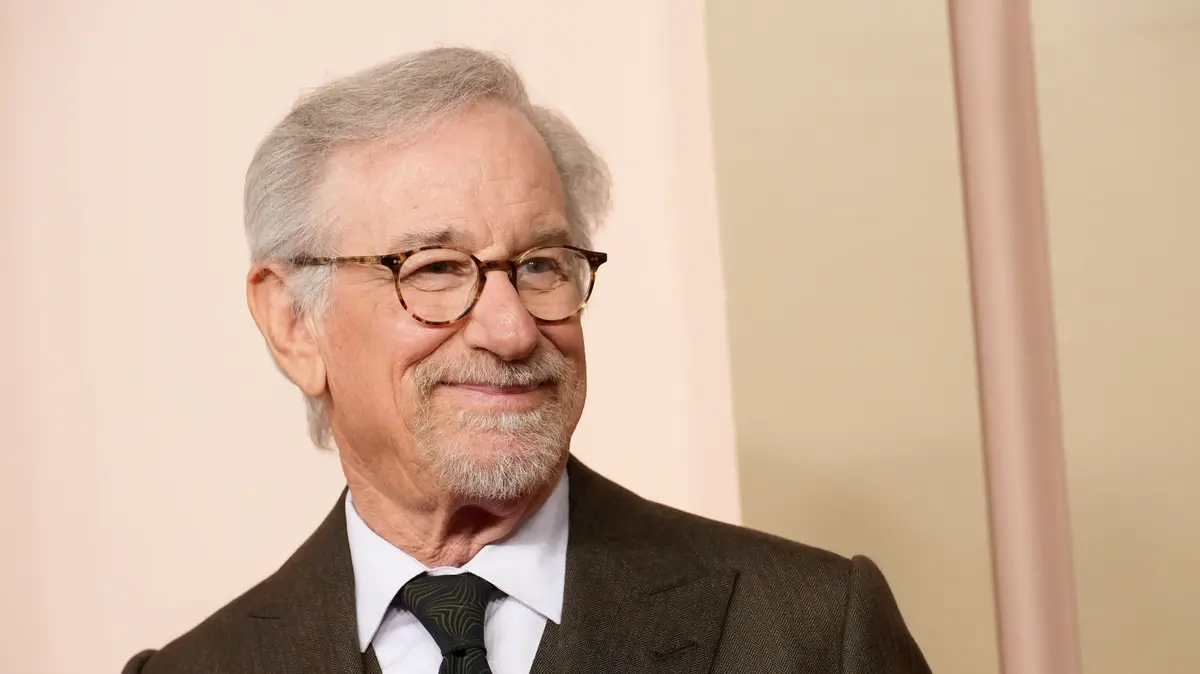news
News in Israel
Events in Israel
Holocaust Martyrs 'and Heroes' Remembrance Day
The memorial stones are being renewed, and the lost communities that became extinct in the Holocaust are being revived
In the 1960s Holocaust survivors immortalized the families they lost and the communities destroyed by building monuments.
Over the years these have been forgotten, but their rehabilitation in recent years by youths and volunteers helps to perpetuate the story of the murdered and the survivors from those towns.
"They are not, but the memorial stones will continue to speak"
Tags
Holocaust and Heroism Day
Eli Ashkenazi
Thursday, 08 April 2021, 07:00 Updated: 07:06
Share on Facebook
Share on WhatsApp
Share on general
Share on general
Share on Twitter
Share on Email
0 comments
US defines nuclear talks with Iran building ...
Netanyahu after receiving the mandate: I will end the election cycle, ...
Rabbi Berland goes to the hospital after he fell, dozens ...
Rivlin: It is imperative to resolve the painful disputes, you must find out ...
Netanyahu trial: The third day of the evidentiary hearings, continues ...
Documentation: Left-wing activist Rabbi Arik Asherman attacked by settler ...
USA: We will discuss the mutual steps to return to the nuclear agreement ...
Shas recommended Netanyahu: "There will be no other stable government ...
Jordan: Security forces have been following for a long time ...
Hospital staff in Brazil treat patients ...
Netanyahu at Yad Vashem: Agreement that will pave the way for Iran to nuclear ...
Ben Gvir on the formation of the government: It will end in a full right-wing government ...
In the video: From a video of Naamat Holon School on a project to return to the tombstones in memory of the communities that perished in the Holocaust (writing and directing: Rachel Meged, directing and musical advice: Ya'ar Yaakov, editing and photography: Tara Meged)
Rachel Meged remembers from her childhood the week before Holocaust Remembrance Day as the most difficult days of the year.
"The parents would stay home and cry," she says of those difficult days.
The parents, Tzipora and Shmuel Sheinberg, were like many others like them;
The Israeli society that was created in the newly established country has not yet formed its attitude towards them and their friends who survived the inferno.
The survivors were considered "human dust" and exiled and weak Jews.
The survivors themselves were busy trying to rebuild their lives from the rubble, start families and provide for a living.
In the early 1960s, as they began to cling to the new land and raise their heads slightly, Holocaust survivors began to think that the time had come to commemorate the lost families and the destroyed communities.
Their children were beginning to grow and mature and old age was already in sight.
At the same time, the trial of Adolf Eichmann provoked a shift in Israeli society's attitude toward the story of the Holocaust and its survivors.
"Suddenly my parents and their friends had the legitimacy to talk. Until then, they only talked inside the house about what they were going through," Meged recalls.
"They seemed strange people who could hardly believe what they were talking about and lo and behold, it turned out to be true," she added.
According to her, those days were characterized by "a great burst of action and commemoration. As if they said: 'We are here and we have the right to speak and we want to have a place to say Kaddish, pray and light a candle in memory of our loved ones.'"
In those days, the cemetery of Holon, their city of residence, was also established, and as part of that desire to commemorate and remember, her parents, as well as many other Holocaust survivors, began erecting memorial monuments to their lost communities in the cemetery.
Until then the same practice had few precedents.
The first memorial monument was erected to a community that was destroyed in the Holocaust in the Trumpeldor Cemetery in Tel Aviv, by the Zdonska-Walla expatriate organization.
A bag of ashes from the Chelmno extermination camp arrived at the town's organization, where members of the community were murdered.
At their request, a burial society assigned a plot of land in which the ashes were buried and a memorial was erected on it.
During the 1950s, a few more individual monuments were erected.
Then, during the 1960s, hundreds of such tombstones began to be erected.
The Holon and Bat Yam cemetery have close to 300 community monuments built along the Avenue of Memorial.
More on Walla!
The 5 healthiest fish to add to your family menu
To the full article
Monuments to the Holocaust Communities in the Holon Cemetery, December 2020 (Photo: Reuven Castro)
Meged remembers that her parents and friends "collected penny for penny" to buy grave plots on which they erected the memorial monuments.
"After the erection of the memorial stones, the days of the Holocaust began to look different. Every year, on Holocaust Day, my brother and I would go with the parents to the Holon cemetery, where, near the memorial monuments, the parents would meet friends from their communities, light a candle, pray and say Kaddish." , She says.
Mother Zipporah would be associated with the memory of her loved ones in front of the memorial stone to the community of Gerbolin - a small town in Poland, east of Warsaw, where about 2,500 Jews lived until World War II.
At the end of 1941, the city was declared "Jewish-free."
Father Samuel went to the memorial stone of Vishkov, the town where he grew up.
Until the war, the 5,000 Jewish residents who lived in the town north of Warsaw made up about 70 percent of the local population.
On the eve of the Germans' entry into the town, on September 9, 1939, many fled.
Hundreds of the remaining were burned alive and many continued to be murdered in the days that followed.
Many of the fugitives were captured and sent to death camps.
The remains of the communities of Vishkov and Grublin, as well as survivors of other communities, would meet near Gilad even on the anniversary that today set a memorial for their community.
This day is usually set by the date the community members were deported to extermination camps or shot in the death pits.
Naamat technology students clean and paint the memorial stone, last month (Photo: Walla !, Rachel Meged)
But over the years, Holocaust survivors have passed away and each year fewer and fewer have come to the memorial.
"The place has become desolate," said Meged, who works as a teacher at NAMAT Holon Institute of Technology.
Ten years ago she told her students about it and they promised her that on Holocaust Remembrance Day they would come with her to the cemetery and light soul candles on the memorials, and indeed - since they come with her too One year on Holocaust Remembrance Day, together with Holocaust survivors and soldiers, they pass by
the memorial monuments. "They are neglected, partly broken and often also lack letters that time has done its thing for," he says.
"In the face of the desolation and the dirt, it was hard not to feel a great sense of emptiness."
Monuments to the Holocaust Communities, Holon Cemetery (Photo: Reuven Castro)
Meiselman was exposed to this several years ago, during a preparatory tour for a meeting with Arab members of the Working and Learning Youth Movement, designed to teach about the lives of Jewish communities on the eve of the Holocaust and during it.
"I realized that after 20 years of studying, practicing and traveling to Poland - there are many communities I did not know about. I met with Rachel and started researching and learning about those communities," he says.
"In the face of desolation and dirt, it was hard not to feel a great sense of emptiness and deep frustration, or to wonder who would remember the people and communities, and the lives that were and were cut short," he says of his feeling at the time.
Monuments to the Holocaust Communities, Holon Cemetery (Photo: Reuven Castro)
Meiselman wrote about it on his Facebook page and a day later, his friends, fans of Hapoel Tel Aviv, showed up at the cemetery and renovated a broken monument.
Later, he brought several times members of the working and learning youth movement to cleaning, painting and renovating.
Meghad did the same with her school students and in collaboration with the Holon Municipality's Education Department.
At the same time, Meiselman contacted his friends from the Dror-Soft software house, and together they mapped all the memorials in the Holon cemetery and set up a website to which they uploaded the mapping.
"The goal is to help preserve the memory of the hundreds of communities that are commemorated in the cemetery," Meiselman says.
"The site is a private initiative to commemorate people and communities, to gather historical information and memories, as well as to promote initiatives that are not necessarily of the members of the community, but of large and growing publics of youth, young and old who want and want to commemorate, remember and remember for themselves."
Members of the working and learning youth movement assist with cleaning, painting and renovation work.
Holon Cemetery, December (Photo: Reuven Castro)
Monuments to the Holocaust Communities, Holon Cemetery (Photo: Reuven Castro)
Meiselman admits that he is accompanied by a fear of forgetting and the introduction of a day when no one will remember or remember those lost communities, or as he quoted at the top of the website he set up with his friends, from the song of Yaakov Gilad and Yehuda Poliker - "Who will remember the book's son?"
He hopes that in time information will be gathered about all those communities that have been commemorated in the cemetery and the information will be accessible to everyone.
"A person who goes to the cemetery, for a family member's memorial day, for example, will see in the app that day there is a day of remembrance for a destroyed community. He could stand for a moment by the memorial and light a candle. Maybe there will be a teacher that day tell her students a few words about that community." "There are no longer any of them who will pass on their story, they will be commemorated again. There will be those who will remember that people lived there."
"The people passed away," Meged concludes, "but the memorial stones they left behind will continue to speak."
Share on Facebook
Share on WhatsApp
Share on general
Share on general
Share on Twitter
Share on Email
0 comments








